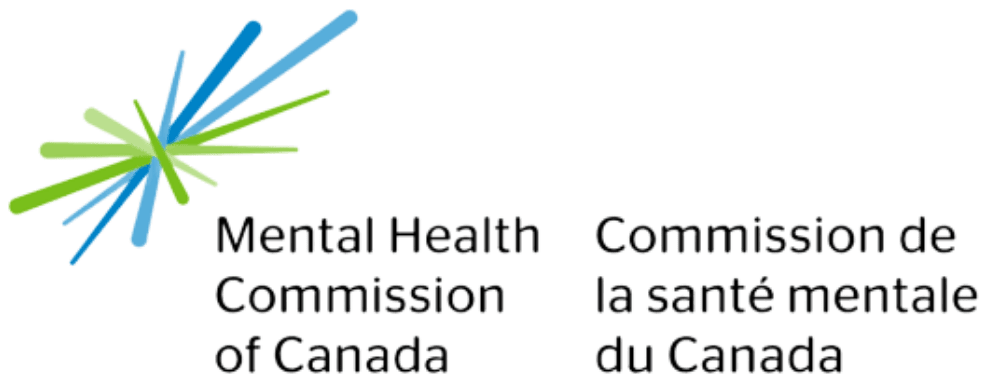
The way we view cannabis has changed a lot in the past five years since recreational use was legalized in Canada. Cannabis use has become increasingly normalized, and young people aged 16-24 continue to have the highest rate of cannabis usage among all age categories. While perceptions of cannabis use have changed, many remain concerned about the associated risks between cannabis use and the onset of psychosis and schizophrenia, especially for youth. There is also a strong call among youth for more information on safer cannabis use practices.
Cannabis use disorder is the most prevalent substance use disorder among youth with first-episode psychosis, suggesting that those with cannabis use disorder might be at a higher risk of developing first-episode psychosis, especially if they frequently use products with high THC levels (Archie, 2021). Youth who experience additional stress due to systemic discrimination, colonialism, and historical and intergenerational trauma, such as among African, Caribbean, and Black (ACB), and Indigenous communities, might also be at a higher risk for psychosis (Archie, 2021).
The mainstream view of cannabis is that it is relatively harmless, however, studies are linking cannabis use to increases in emergency department visits for cannabis-induced psychosis since legalization. Interestingly, one study focused on three periods: pre-legalization, post-legalization with product and store restrictions, and post-legalization with commercialization, when many more products, including edibles, and higher potency products became widely available. During the early years of controlled products, hospitalization didn’t notably change; however, during the commercialization period, there was an increase in cannabis-related hospitalizations, with one-third of cases involving individuals aged 15-24, and 66% being males (Myran et al., 2022).
Additionally, between 50-55% of youth and young adults are referred to Early Intervention Services (EIS) for psychosis through hospital emergency departments (Crocker et al., 2021). Importantly, there is a significant high level of cannabis use among youth seeking EIS, both when they first enter care and after a diagnosis is made. Some studies have found that up to 50% of cannabis users who presented with cannabis-induced psychosis and are subsequently hospitalized will go on to develop schizophrenia (Crocker et al., 2021). Lastly, it’s important to note that the risk of developing psychosis increases with daily or near-daily cannabis use compared to recreational users (Di Forti et al., 2019)
There has also been a notable increase in the active ingredient tetrahydrocannabinol (THC) in many cannabis products. Current legal markets are oriented towards products with high THC potency and limited availability of balanced THC-CBD or high CBD options. As of 2022, THC levels in dried cannabis available to Ontario consumers have an average of 22%, which is an increase from the reported average of 6-10% to Health Canada prior to legalization (Tassone et al., 2023). Several studies have examined and correlated the increased risk of psychosis with higher potency THC products (Di Forti et al., 2009, 2013; Murray et al., 2016).
Finally, the questions surrounding cannabis and psychosis, and the changes following legalization, constitute an emerging field of research, both in Canada and in many other jurisdictions where legislative changes are taking place. Another important focus for research and action is on better understanding young people’s experiences of cannabis use, effective ways of combatting stigma and reducing harms, and approaches to engaging diverse youth in promoting balanced approaches to cannabis education that reflect their lived realities.



